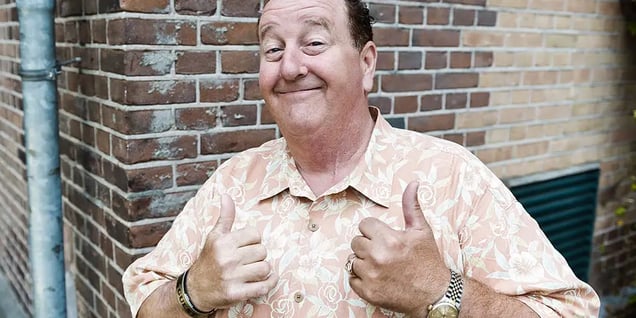Everyone’s favorite shoe brand turned 50 years old this week. To celebrate, I’d like to take a minute to do what I do and talk about Vans’ amazing rise to what it is today: one of America’s coolest brands. Last week on The Epic Rise (that’s what I’m calling this series) was John Rockefeller. This week it’s Vans. And if you like this type of thing, make sure to sign up for this here website (The Hustle) so you can get posts like this in your inbox by entering your email here.

Vans first launched in 1966 in Anaheim, CA as The Van Doren Rubber Company.

As an executive at one of America’s largest shoe manufacturers, Doren noticed that shoe manufacturers were making pennies per shoe sold, while retailers took home the bulk.
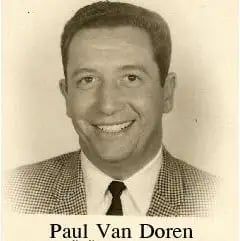
So Doren decided to set up his own company that made and sold each shoe.
It took a year to set up the first factory. The men used old machinery to build the factory from scratch.
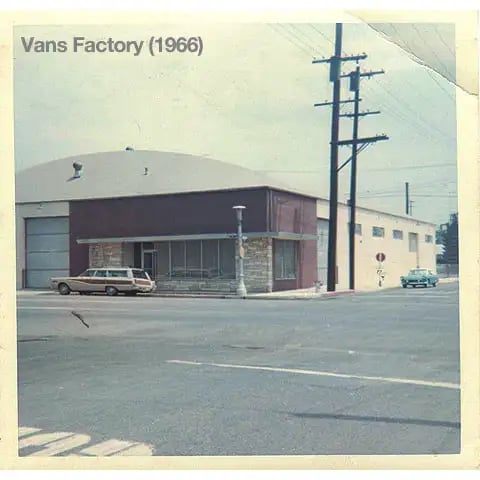
17 people came to the store on opening day.
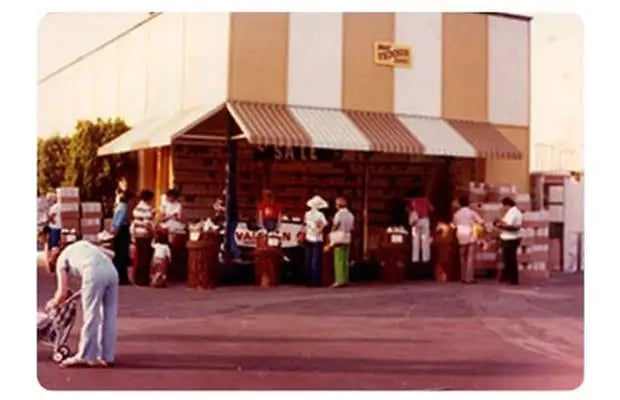
The first Vans store.
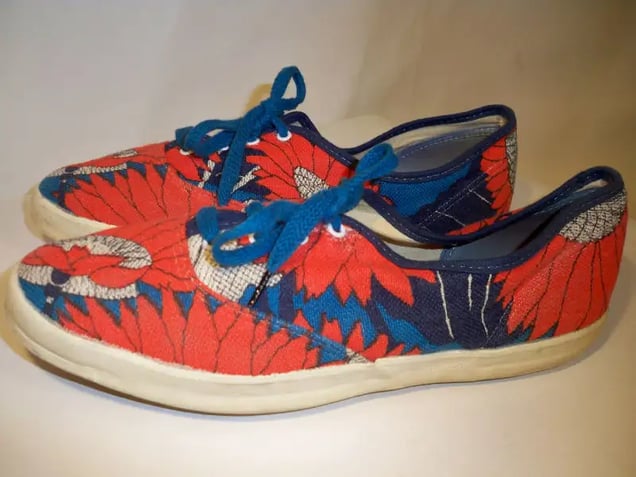
1966 Vans “VAN” Boat Shoes
Because of Doren’s frugal mentality, early Vans were made “as strong a Sherman Tank.”
The soles were twice as thick as other shoes and the canvas was made from Duck Canvas #10, the strongest one could buy. The goal was to make a shoe so strong that people would show it off to their friends
For years Doren refused to spend money on advertising. However, after a few years in business he paid professional skateboarder Stacy Peralta $300 to wear Vans during contests.
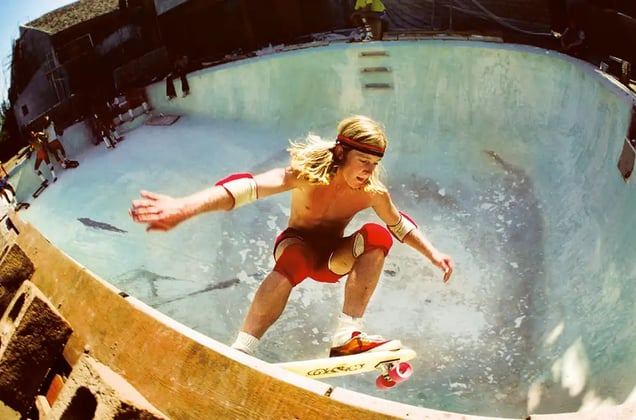
Stacy Peralta in a pair of vans.
Because Vans were popular amongst skateboarders, Doren decided to sponsor the best skaters he could find, which were mostly broke teens who would’ve simply accepted free shoes.
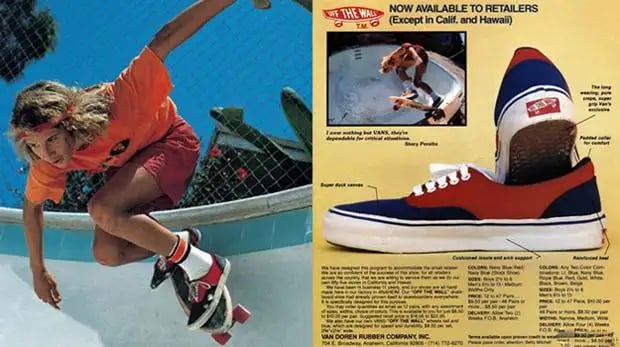
Tony Alva and his Vans advertisement.
The turning point for Vans was when a representative from Universal asked for a few pairs of their popular checkerboard slip-ons to use in an upcoming movie.
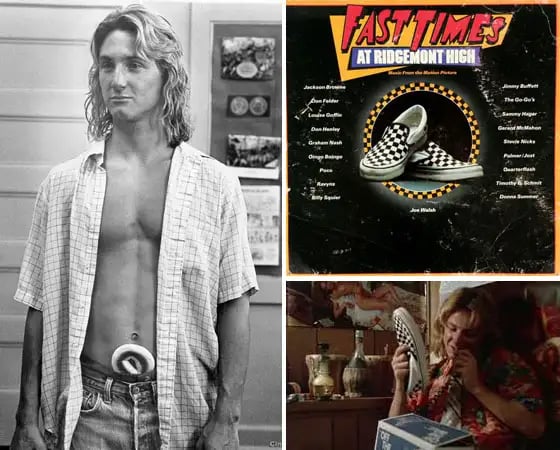
Jeff Spicoli loved his Vans.
The movie, Fast Times at Ridgemont High, help Vans sell millions of shoes.
In the early 1980s, after a great few years in business, Doren insisted that Vans create shoes for other sports like basketball, running, and even breakdancing.
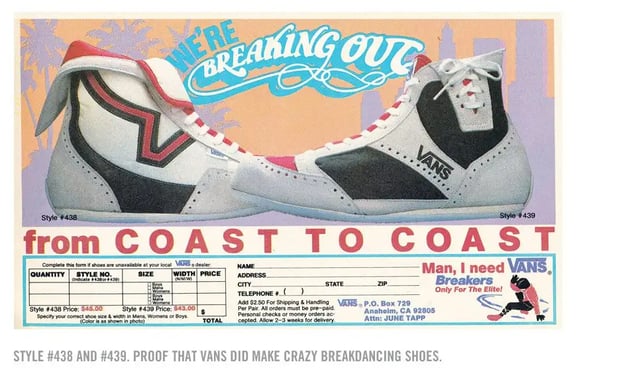
Vans breakdancing shoe.
The expansion didn’t work. Costs were too high and they eventually filed for Chapter 11 Bankruptcy.
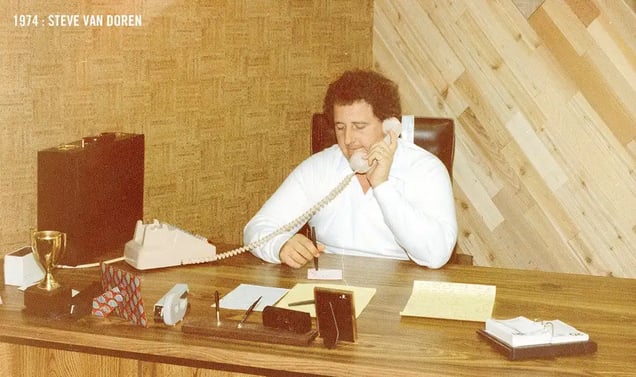
But after a few years, Vans paid off its debt.
Then in 1988 a group of investors bought Vans for $60 million. But according to Doren, the investors didn’t understand the right way to manufacturer shoes.
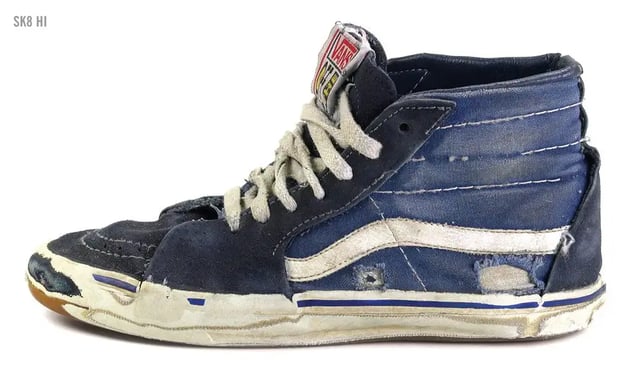
They built a fancy new factory but the output wasn’t as high as Doren’s first factory built with secondhand equipment.
Sales decreased and Vans fell into a slump. So in the 1990s, Vans shifted its focus from being a manufacturing company to a marketing company.
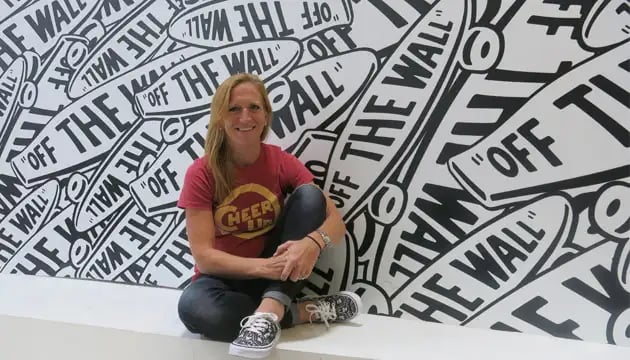
To kick things off, they started by putting on the Vans Warped Tour.
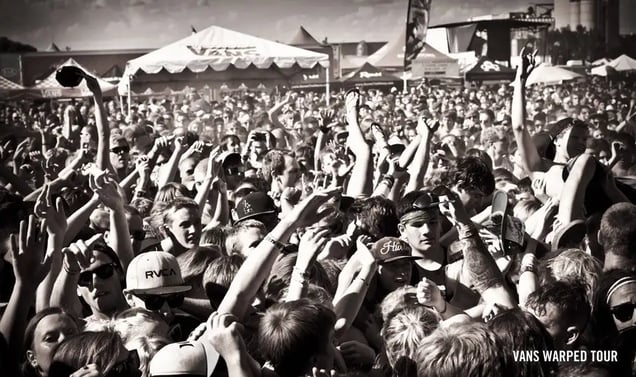
And it was a massive hit.
Then they began heavily sponsoring other extreme sporting events and athletes.
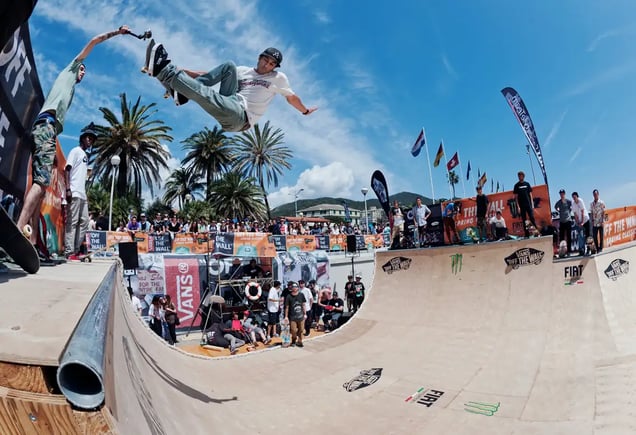
And even started selling apparel.
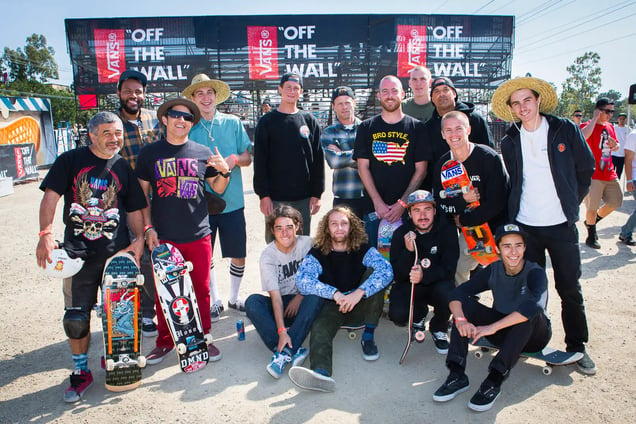
Now, after 50 years of business, the company is selling $400m worth of shoes a year. And that makes Steve Van Doren, the founder’s son, very happy.
